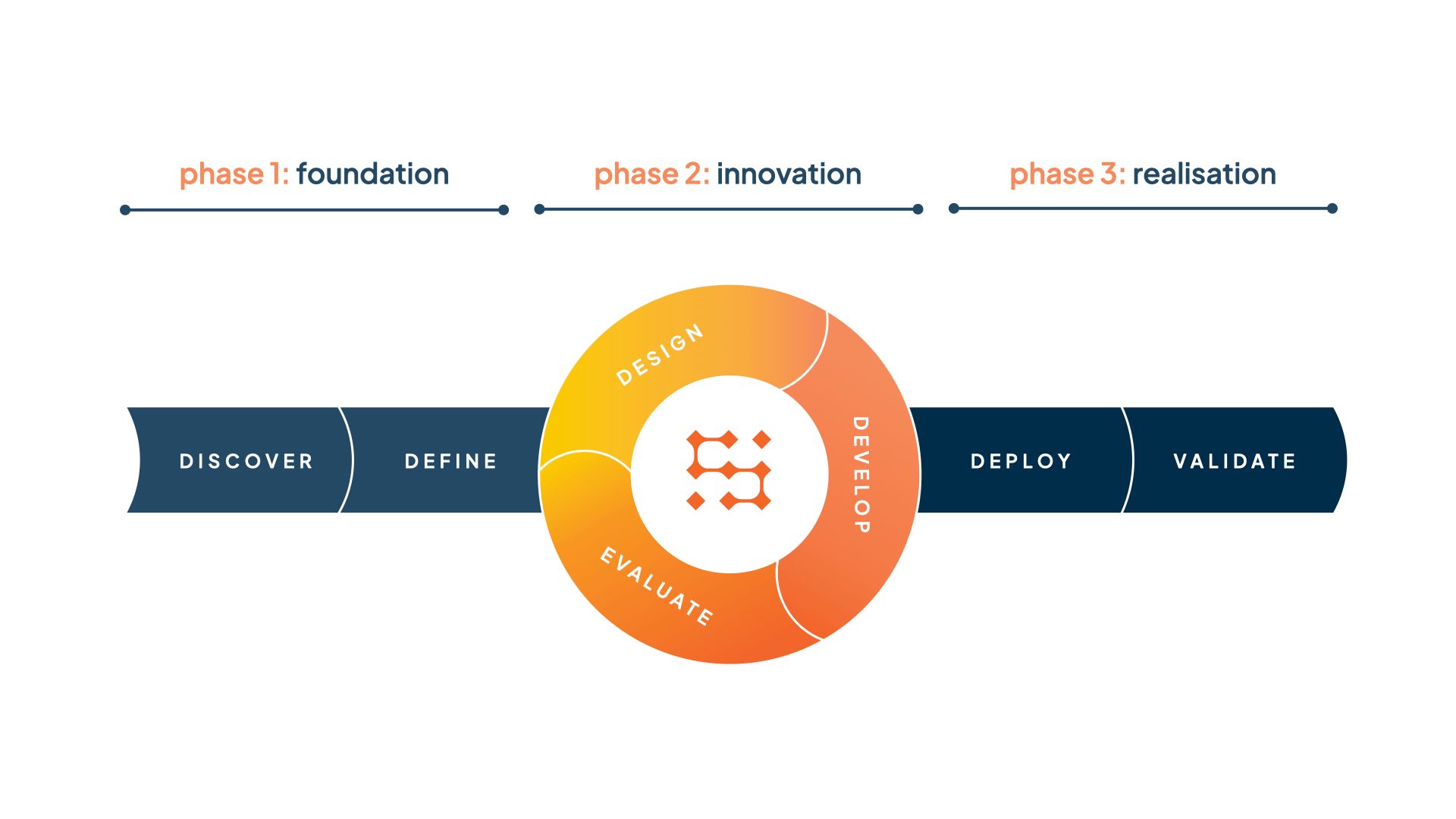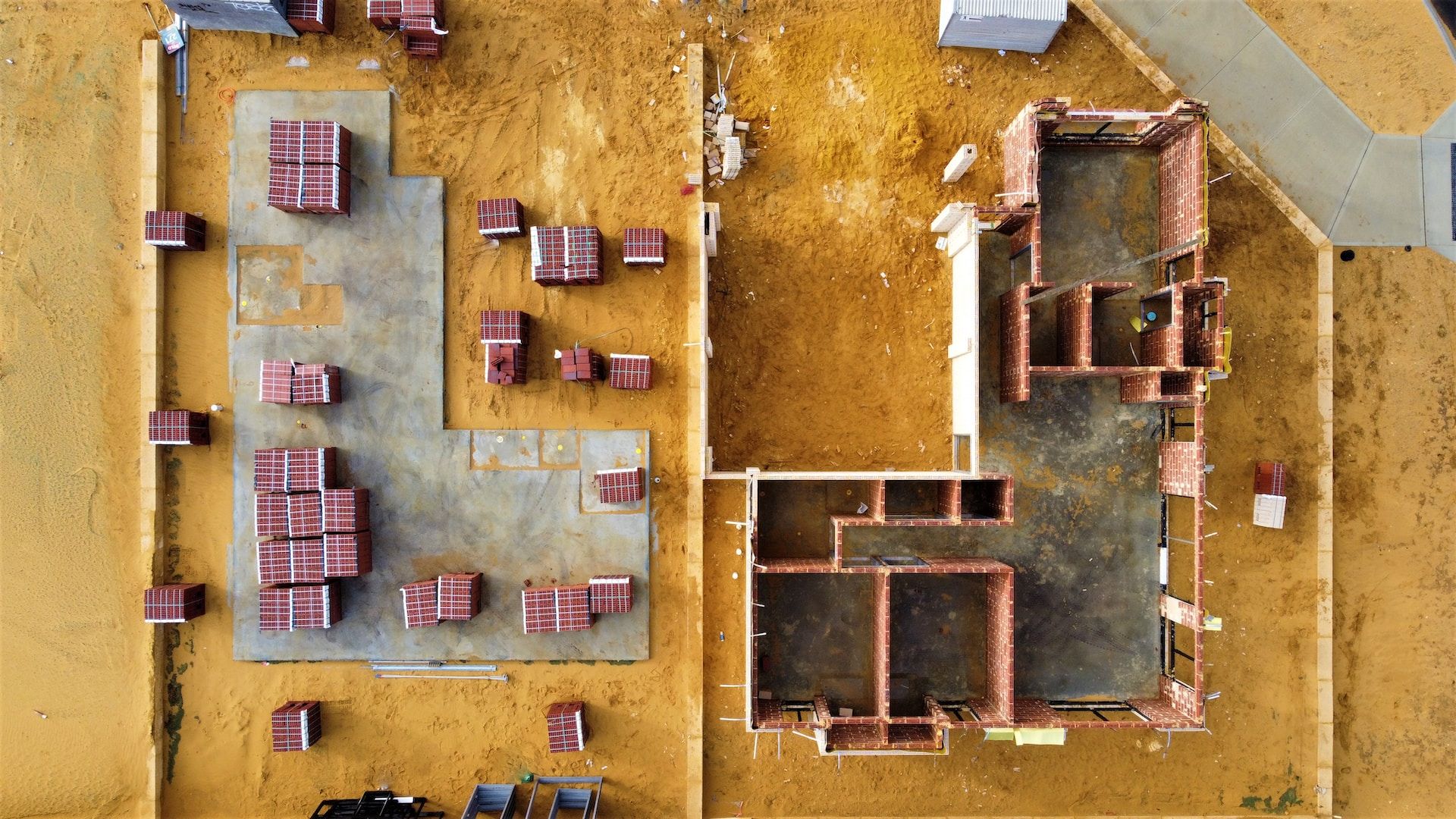Crafting Effective Learning Experiences: A Glimpse into Our Instructional Design Process

In the realm of education and training, creating impactful learning experiences is both a craft and a science. Our instructional design process is a well-orchestrated journey that draws upon established models and methodologies, all aimed at transforming opportunities into effective instructional solutions. Here's a peek behind the curtain at our approach.
Building on Proven Models
Our approach is grounded in time-tested Instructional System Design models: ADDIE, SAM, and Action Mapping. Additionally, we embrace the user-centred design process embodied in the Double Diamond model. These frameworks provide the basis upon which we craft our transformative instructional design process.

A Transformative Journey in Seven Steps over Three Phases
The Skill Tech Studio proposes a seven-step process to transform your instructional goal into a compelling solution for your learners. The seven steps constitute three distinct phases in our collaboration: foundation, innovation, and realisation.
The FOUNDATION PHASE comprises two steps during which we set the groundwork for the journey ahead.
Step 1 - Discovery and Contextualization
The journey begins by uncovering the core challenge your instruction seeks to address. This involves understanding the intricacies of your target audience and the environment in which the instruction will operate.
Step 2 - Strategic Definition
A three-fold strategy is laid out to chart a path to success: instructional, visual, and technical design. This phase is marked by setting clear success criteria that serve as the North Star guiding the process.

The INNOVATION PHASE is characterized by a 3-step iterative process of creative exploration, development, and evaluation that ensures continuous improvement.
Step 3 - Ideation and Design
With the strategic groundwork in place, ideas can flourish. Based on the defined strategies, a range of solution ideas is explored and drafted.
Step 4 - Developing Solutions
Selected solution ideas take shape in the form of prototypes and later solutions. This step turns concepts into tangible, interactive, and testable experiences.
Step 5 - Solution Evaluation
The collaborative journey takes a pivotal turn as stakeholders evaluate the ideas, prototypes, and evolved solutions.
Steps 3 to 5 form an iterative cycle that repeats multiple times, enhancing the quality and effectiveness of the solution with each iteration up to a mature solution.

The REALISATION PHASE sees the solution come to life and validates its impact.
Step 6 - Deployment and Implementation
With the solution finely tuned, it's time for deployment. The instructional intervention gets implemented and released into the intended educational ecosystem. To yield real-world impact, the deployment is accompanied by instructor and learner training on the tools.
Step 7 - Validation and Alignment
Finally, the instructional intervention is rigorously assessed against the earlier defined success criteria. This step ensures that the solution aligns seamlessly with the intended goals.

At the core of our instructional design process lies our commitment to excellence, innovation, and crafting learning experiences that resonate and inspire.


